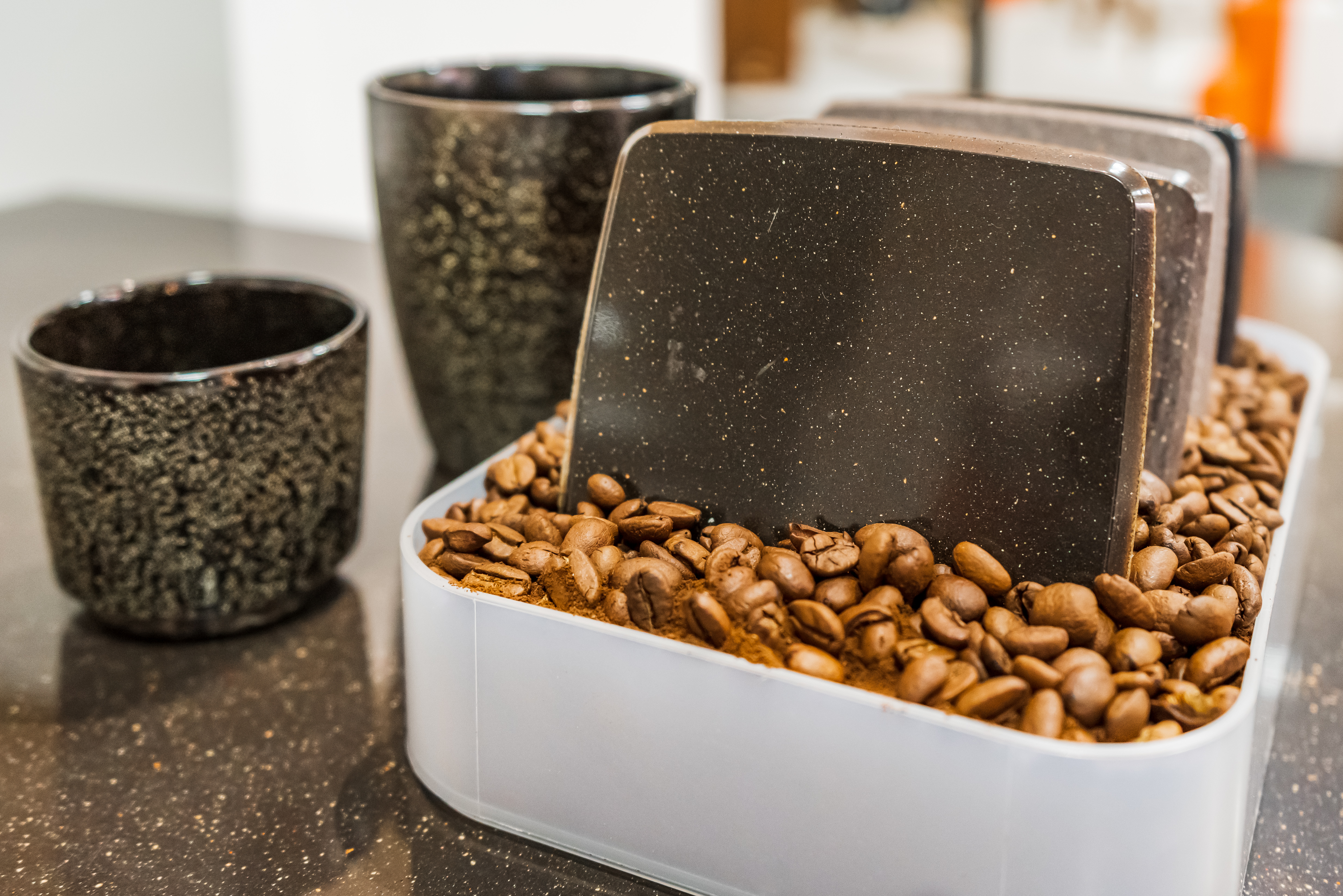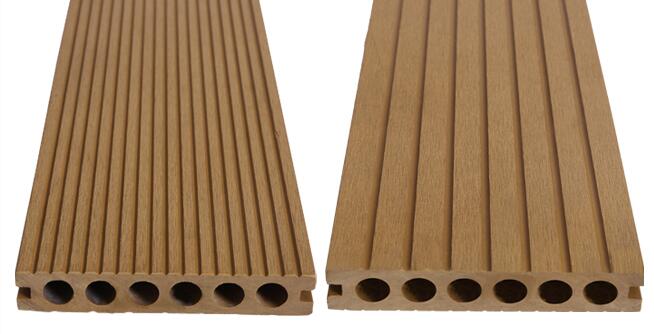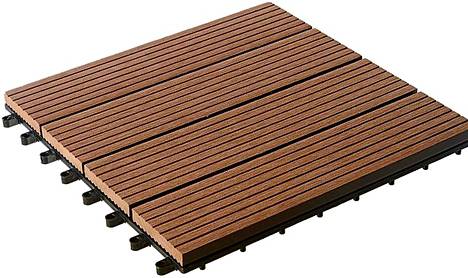What is the prospect of using coffee shells in wood-plastic composites?
Friday, May 19, 2023The coffee industry plays a major role in the global economy, and its impact on the environment is also critical, with more than 2 billion tons of coffee by-products produced globally every year; conventional wisdom holds that these by-products: coffee grounds and coffee husks, do not exist There are too many practical values and applications, and coffee residues and substances can be processed and reused. For example: coffee pulp can be used as feed, but the amount of addition must be controlled, otherwise it will have adverse effects on livestock; coffee pulp can also be used as fertilizer, fresh pulp can be directly applied to coffee trees, or fermented and then applied, which not only promotes the growth of coffee trees. growth, but also play a certain role in insect resistance. Coffee husks can be used as additives in beverages, raw materials for fuel, fertilizer, feed and hardboard, and caffeine can be extracted from pulp and coffee husks. However, here we will focus on the application knowledge of coffee shells in wood-plastic composites.

At present, there are relatively few studies on the use of coffee shells in wood composites. Due to its own characteristics, coffee shells have application prospects in coffee shell wood-based panels, coffee shell-wood-plastic composite materials, and coffee shell 3D printing materials.
Coffee shell wood-based panel
my country is a large agricultural country, which produces a large amount of crop straw and agricultural product processing residues every year, among which rice straw, rice husk, peanut shell, coconut shell, etc. have been used in the production of wood-based panels. Coffee husk, as a residue of agricultural product processing, has also attracted the attention of some researchers. Scientific and technical personnel have conducted relevant research on the technology and performance of particleboard produced by using coffee husks. The results show that the content of cellulose and hemicellulose in coffee husks is relatively high, and the fiber shape is relatively good, which meets the raw material requirements for the production of shavings; The performance of single-layer structure particleboard mixed and pressed with isocyanate and urea-formaldehyde resin adhesives, coffee shells and wood shavings in a mass ratio of 1:1 is better, and meets the requirements of relevant standards. According to the existing research, the coffee shell not only has a considerable amount of cellulose and hemicellulose, but also has special substances such as caffeine. Sandalwood essence and jasmine essence were added to the adhesive to prepare aromatic fiberboard. The results showed that the aromatic fiberboard was widely praised for its special aromatic properties. The coffee shell has a natural coffee aroma, and it can be considered to prepare composite materials with special sensory functions such as natural aromatic wood-based panels, which can not only make the best use of everything, but also improve product levels and increase product added value. The coffee husk contains some minerals and organic nutrients, so it is necessary to pay attention to the influence of these substances when exploring the production process.

Coffee shell – plastic composite
Wood-plastic composite material is a composite material prepared by crushing wood materials such as wood and crop straw, together with thermoplastics and various additives through hot pressing or melt extrusion. Because it has the advantages of both wood and plastic, it is very popular in the market. A key point in the production of wood-plastic composites is the compatibility between wood materials and plastics. Because the two have different polarities, it is usually necessary to add a compatibilizer. There is a certain difference in composition between coffee shells and general wood materials. Secondly, substances such as proteins and sugars contained in coffee shells will encounter high-temperature environments during the production process, and such substances will undergo changes such as decomposition. Dealing with these two points plays a decisive role in the preparation of qualified coffee shell-plastic composite materials.

Coffee shell 3D printing material
3D printing technology, also known as additive manufacturing, is a technology that generates three-dimensional solids by adding material layer by layer. The technology originated in the United States at the end of the 19th century and began to develop rapidly in the 1980s.